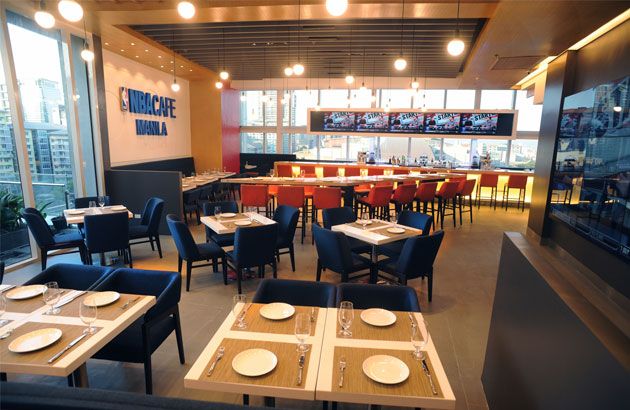Fil-Am composer is in Time 100's 'Most Influential' list
By Kim Arveen Patria
Yahoo Southeast Asia Newsroom
A year after Time named President Benigno Aquino III and a Filipino doctor among the world’s “most influential,” the magazine included another Filipino in its list.
Robert Lopez, a U.S.-based songwriter of Filipino descent, shared a spot in the Time 100 list with his wife Kristen Anderson-Lopez for the song “Let It Go.”
Robert and his wife “are both completely steeped in the traditions of Broadway musicals,” their colleagues Trey Parker and Matt Stone said in their Time profile.
The couple won an Oscar for Best Original Song earlier this year. They rose in popularity along with the highly acclaimed Disney animated film “Frozen.”
Robert also became one of the few people who have won the grand slam of entertainment industry awards or the “EGOT”—Emmy, Grammy, Oscar and Tony.
“[T]hey’re really smart and would never be happy just regurgitating what’s come before,” the couple’s profile in the Time 100 issue said further.
With their inclusion in Time 100, Robert and Kirsten joined the ranks of international pop superstar Beyonce, as well as U.S. President Barack Obama and Pope Francis.
The Time 100 is compiled through the help of journalists around the world, as well as the lists’ alumni, “many of whom are as influential as ever,” the magazine said.
“The vast majority of this year’s roster reveals that while power is certain, influence is subtle,” Time said, highlighting the power of the media to shape public opinion.
Last year, Time named Aquino among the world’s most influential. It also honored Katherine Luzuriaga, a doctor born of a Filipino father, for her work on HIV-AIDS.
Robert Lopez, a U.S.-based songwriter of Filipino descent, shared a spot in the Time 100 list with his wife Kristen Anderson-Lopez for the song “Let It Go.”
Robert and his wife “are both completely steeped in the traditions of Broadway musicals,” their colleagues Trey Parker and Matt Stone said in their Time profile.
The couple won an Oscar for Best Original Song earlier this year. They rose in popularity along with the highly acclaimed Disney animated film “Frozen.”
Robert also became one of the few people who have won the grand slam of entertainment industry awards or the “EGOT”—Emmy, Grammy, Oscar and Tony.
“[T]hey’re really smart and would never be happy just regurgitating what’s come before,” the couple’s profile in the Time 100 issue said further.
With their inclusion in Time 100, Robert and Kirsten joined the ranks of international pop superstar Beyonce, as well as U.S. President Barack Obama and Pope Francis.
The Time 100 is compiled through the help of journalists around the world, as well as the lists’ alumni, “many of whom are as influential as ever,” the magazine said.
“The vast majority of this year’s roster reveals that while power is certain, influence is subtle,” Time said, highlighting the power of the media to shape public opinion.
Last year, Time named Aquino among the world’s most influential. It also honored Katherine Luzuriaga, a doctor born of a Filipino father, for her work on HIV-AIDS.






